DOG TRAINING OFFERED IN-PERSON AND ONLINEOur dog training services are delivered in almost any format that meets your needs. We have GROUP CLASSES at our indoor and outdoor facilities on our farm, ONLINE LIVE STREAMING classes, and SELF-PACED VIDEO-BASED training through our Online Dog Training Course. Our PRIVATE TRAININGS can be done in-home, outside, in public dog-friendly locations, at our facility on our farm, online via phone or video conferencing and through email. |
Separation anxiety, or a lesser form now often referred to as separation distress, can be a frustrating issue to deal with, especially if your dog is destructive when separated. However, many people think their dogs have separation anxiety when they really do not. If your dog does suffer from separation anxiety, it can take time to overcome. Patience and baby steps are they keys to successfully resolving the issue.
At a seminar I attended by dog trainer John Rogerson, he discussed his approach to treating separation anxiety. I liked some of his ideas and will definitely be incorporating them into the program I already use, which is described in my book, Juvenile Delinquent Dogs: The Complete Guide to Saving Your Sanity and Successfully Living With Your Adolescent Dog.
John’s approach mimics what he believes is a mother dog’s approach to helping her puppies adjust to her separation from them. He breaks it down into three stages: (1) mental separation, (2) physical separation, and finally, (3) visual separation.
John begins by having his clients “mentally separate” from their dogs. This might be done by sitting at a table and completing a jigsaw puzzle while the dog is in the same room. By focusing on something specific, clients mentally disconnect from their dogs. Once dogs learn to relax when no one is paying attention to them, they move on to step two.
Physical separation consists of being in the same room, but preventing the dog from being in physical contact. Mental separation is also included in this stage. A dog might be tethered to a table nearby or in a crate. Somehow, the dog is physically prevented from coming into contact with the person.
Once the dog is comfortable with the mental and physical separation, they move on to stage three, visual separation. The dog might still be in the same room with a screen set up between dog and person, or the person might be in the very next room. In this stage, the dog is both mentally and physically separated as well but now is not able to see the person. However, at this stage, it is still important for the dog to be able to hear the person. The person might be talking on the phone, reading aloud, or doing other things so that the dog cannot see but can hear and smell the person nearby.
While there are some other things that need to be done as well, these steps make sense in the process of breaking things down into smaller steps. Anyone who has worked with me on an issue they have been having trouble with is used to me saying: “How can we break this down into smaller steps?”
Thanks to John, I have more ideas for helping people break down the issue of separation anxiety into smaller steps.
Our goal is to positively impact the lives of as many dogs and their families as we can, in part through our extensive library of video, infographics and text articles. |

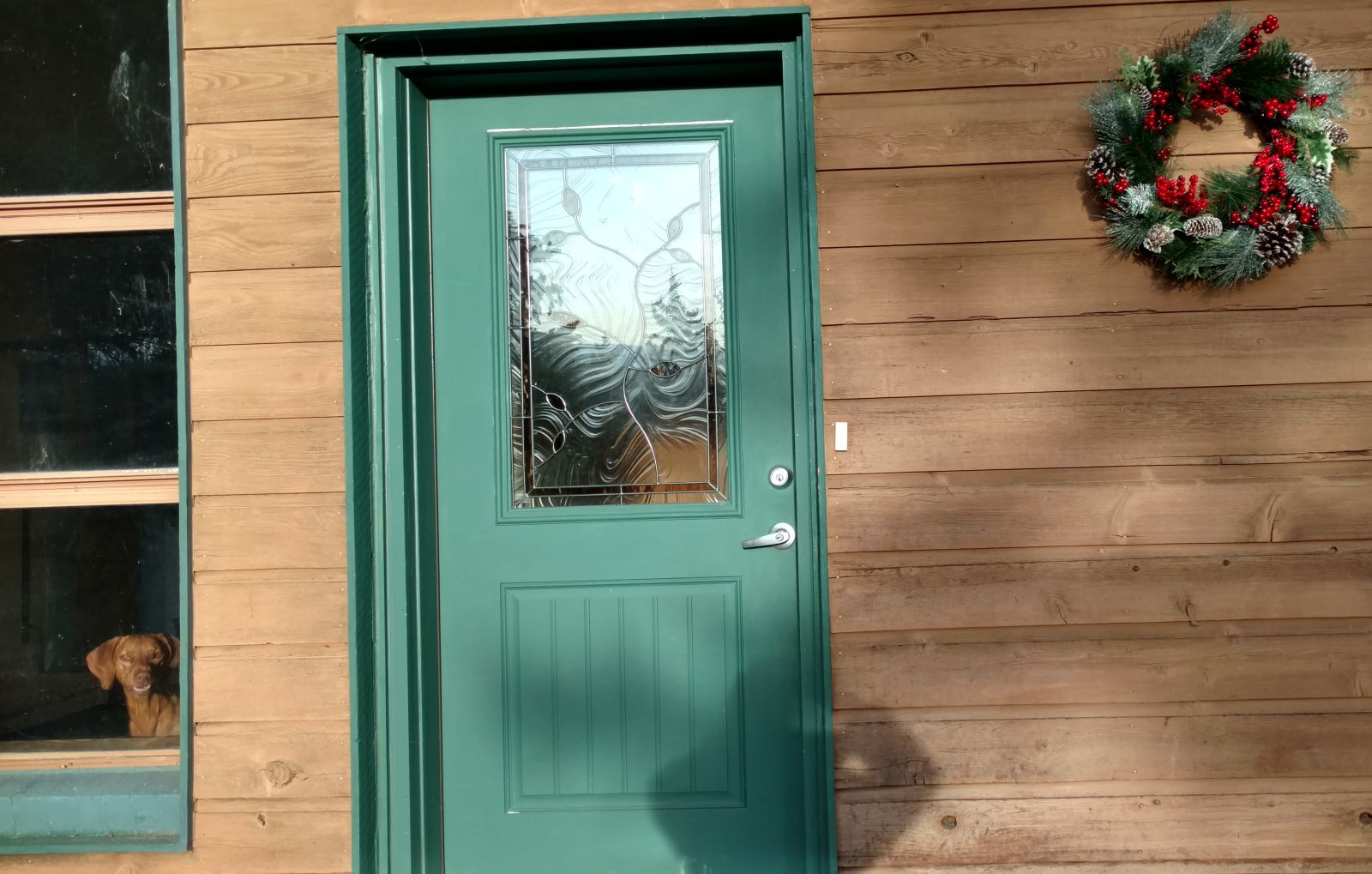

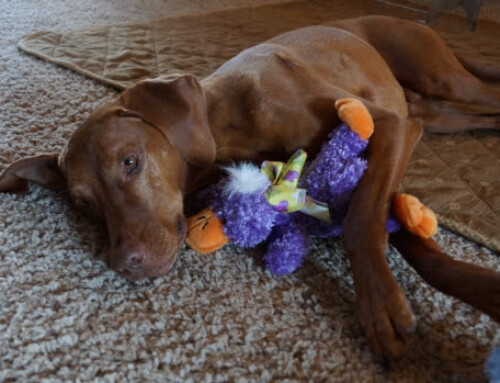
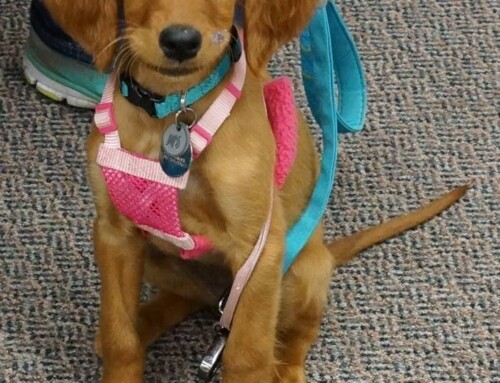
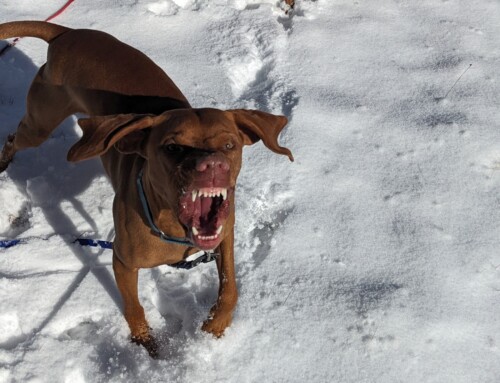
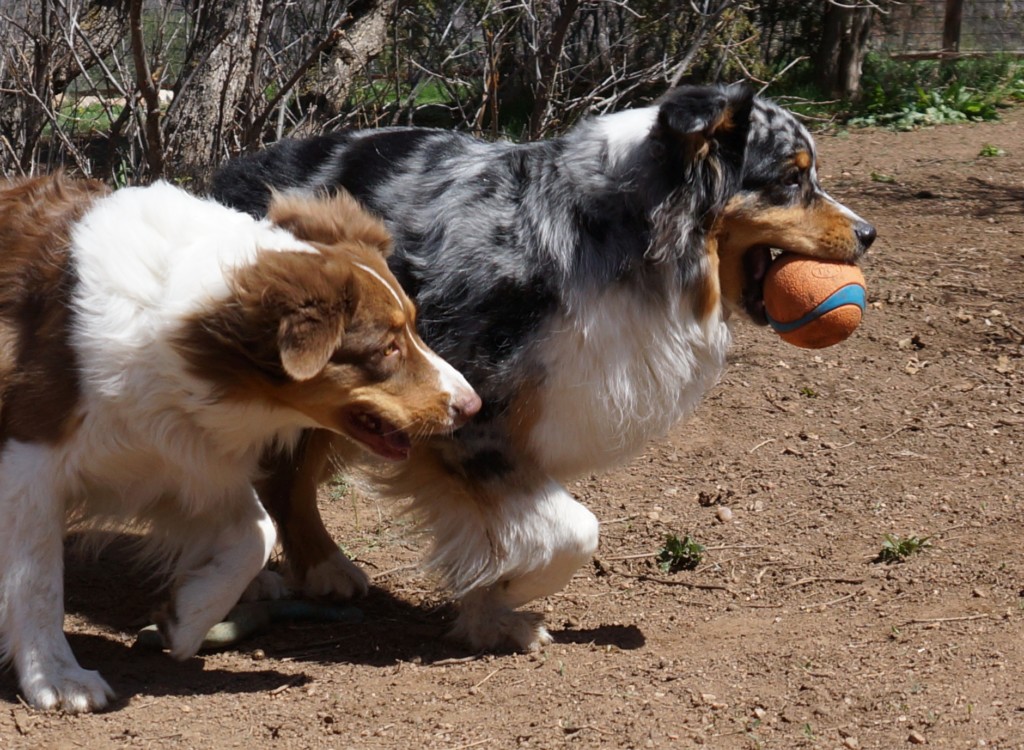
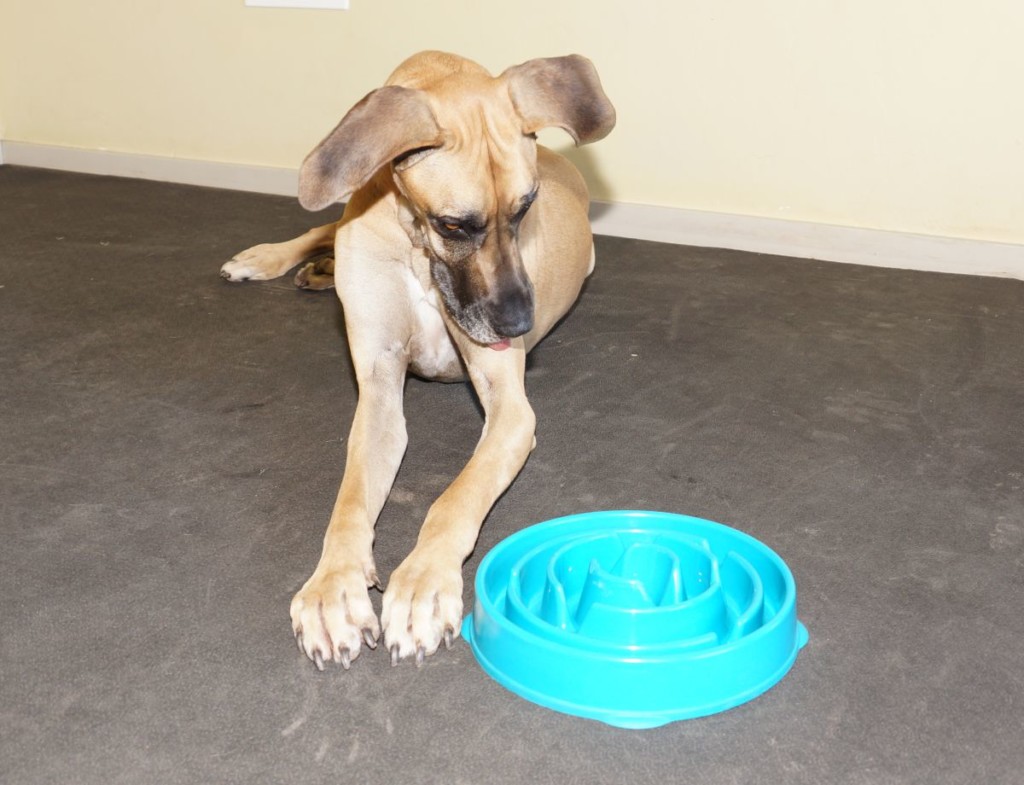


Leave A Comment